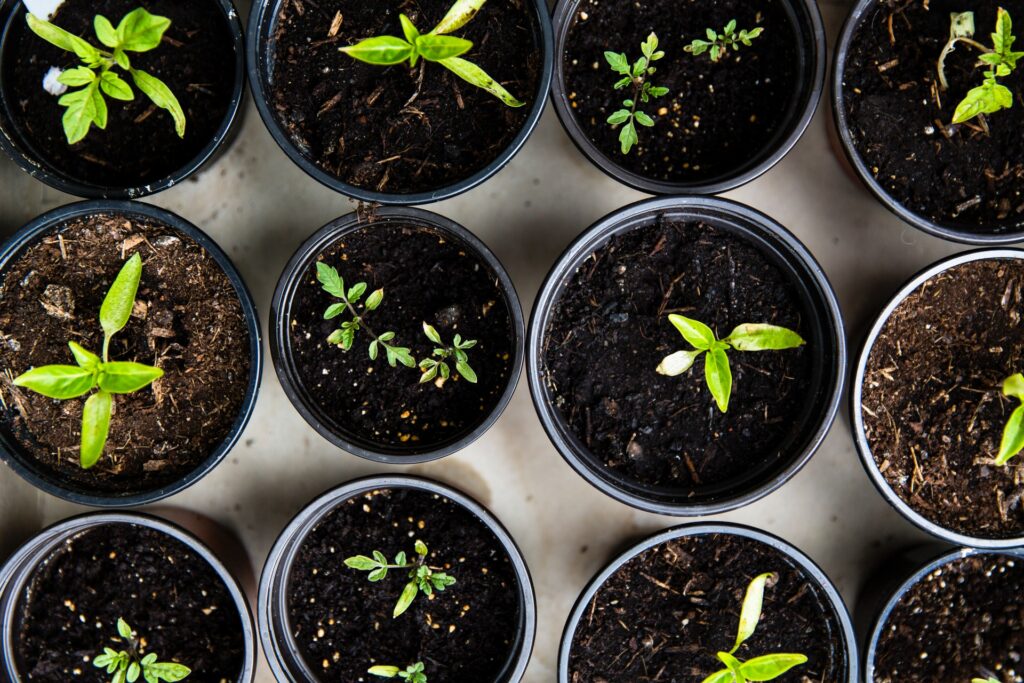 March 1, 2022
March 1, 2022
 Education, Healthy Food, Healthy Living, Nutrition
Education, Healthy Food, Healthy Living, Nutrition  Leave a comment
Leave a comment  garden, indoor gardening
garden, indoor gardening
With COVID cramping activities outside the home, and supply chain issues and staffing issues playing havoc with products we need, even the calmest among us can get agitated. Finding a stress-reducing activity that also yields a tangible product may be exactly what you need right now—indoor gardening. Growing your own produce is one way to be assured you’ll have some fabulous fresh food options at your disposal.
Equipment
Indoor gardening takes surprisingly little equipment. You’ll need:
Containers—think about repurposing old yogurt containers, rather than purchasing new pots;
A well-lit spot—For vegetables, you will need about 4-6 hours of sunlight per day; fruits need about 8 to 10 hours. Don’t have a spot with sun? You can buy sunlight for about $40 at your local hardware store. Consider using grow lights to supplement any existing light that you have.
Seeds, or trimmings from plants—carefully select the plants you want to grow. Certain plants lend themselves to indoor gardens. Here are a few suggestions:
- Carrots—You’ll need a deep planter to hold the carrots, but they do well indoors and enjoy a temperature around 60 degrees. Surprisingly, they need about 12 hours of light a day.
- Green Onions/Scallions—These plants are easy to care for and only require about 6 hours of direct sunlight a day. You can also grow these from the root ends of green onions/scallions sitting in your fridge right now.
- Herbs—most herbs need at least 12 hours of sunlight a day and they like the indoor temperature to be around 70 degrees. Try cilantro, mint, rosemary, or oregano.
- Hot Peppers and Tomatoes—since they are both self-pollinating, they work well in an indoor garden. They do require at least 14 hours of sunlight a day, and they like a temperature of about 70 degrees.
- Leafy Salad Greens—Try spinach, kale, and arugula for plants that don’t mind cooler temperatures of 60 degrees. They do need about 12 hours of sunlight.
- Potatoes—Sweet and regular potatoes lend themselves to indoor gardens. Plus, you can start them from scraps but cutting a sprouted potato into chunks and laying the chunks sprout-side-up on 4 inches of soil. Add another 4 inches on top of them. It’s important to have a large enough pot because potatoes can get very big. They usually take about two months to grow.
Indoor gardening, besides helping to alleviate issues from COVID boredom to supply chain uncertainty, can improve your quality of food. For a relatively low-dollar investment, with some time and some effort, you can have healthier food, more cheaply, right at your fingertips. Need some inspiration? Check out Ron Finley, the Gangsta Gardner.

